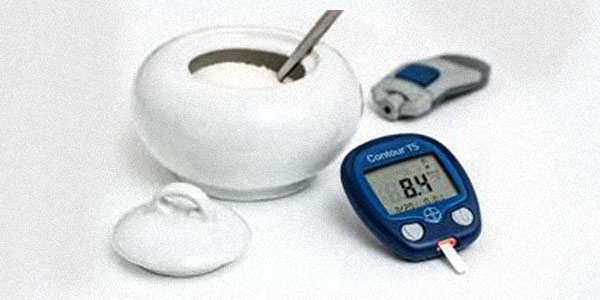While not a serious condition on the look of it, diabetes can lead to serious complications if not detected early or
[the_ad id=”6114″]
managed properly. Complications can range from blurred vision, renal problems to severe neurological problems. Hence it is important to be able to identify the early warning signs. Prevalence of diabetes has increased significantly over the last decade, and it doesn’t show any signs of slowing down. Genetics plays a vital role in development of diabetes coupled with the current fast paced lifestyle.
So how do you identify if you are at risk? Onset can be within a week or over a year. Mostly type 1 diabetes develops quickly compared to type 2. Early signs of diabetes include increased thirst, increased appetite, weight loss, fatigue, blurred vision and increased urination.
What tests to do?
Fasting and post prandial (2 hours after breakfast) blood sugar levels are reliable. People above 45 are at an increased risk of diabetes, therefore it is a good practice to go for routine check ups every 6-8 months.
How to control your sugar levels?
Regular exercise like walking, jogging and cycling helps improve glucose metabolism. Changing up your diet is another effective way of controlling your sugar levels. Cutting down on sugar and artificial sweeteners is a must. Replacing rice with quinoa has also shown good results in diabetics. Nuts, bitter gourd, cinnamon, barley and fenugreek work wonders for diabetics.
Early detection helps us maintain blood sugar levels within limits. With adequate awareness, diabetes can be controlled and most of its complications can be avoided.
Source:

